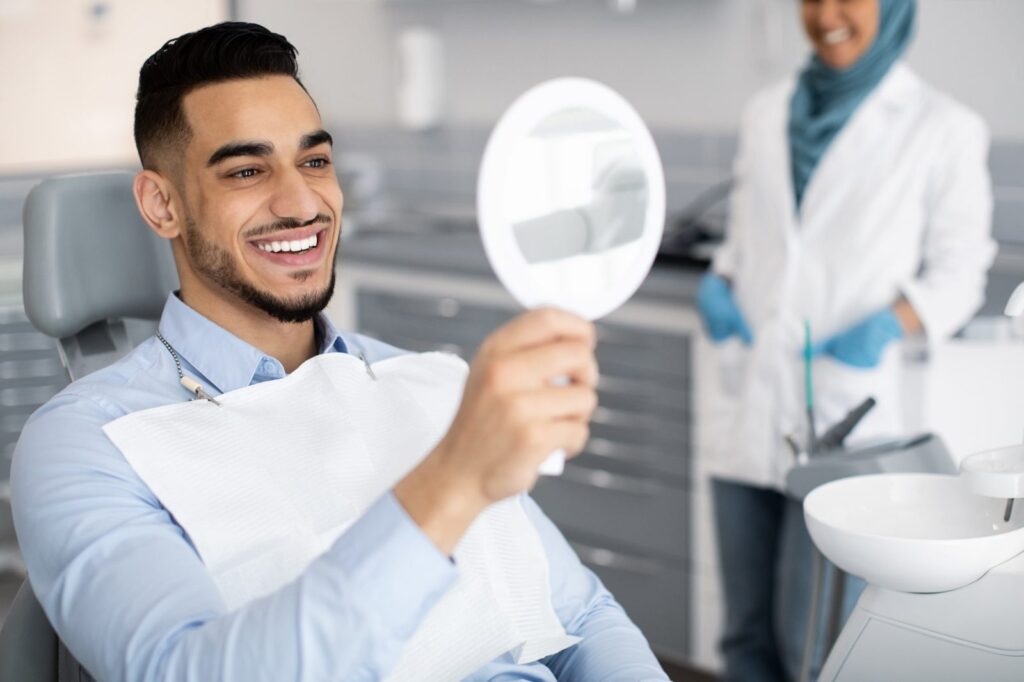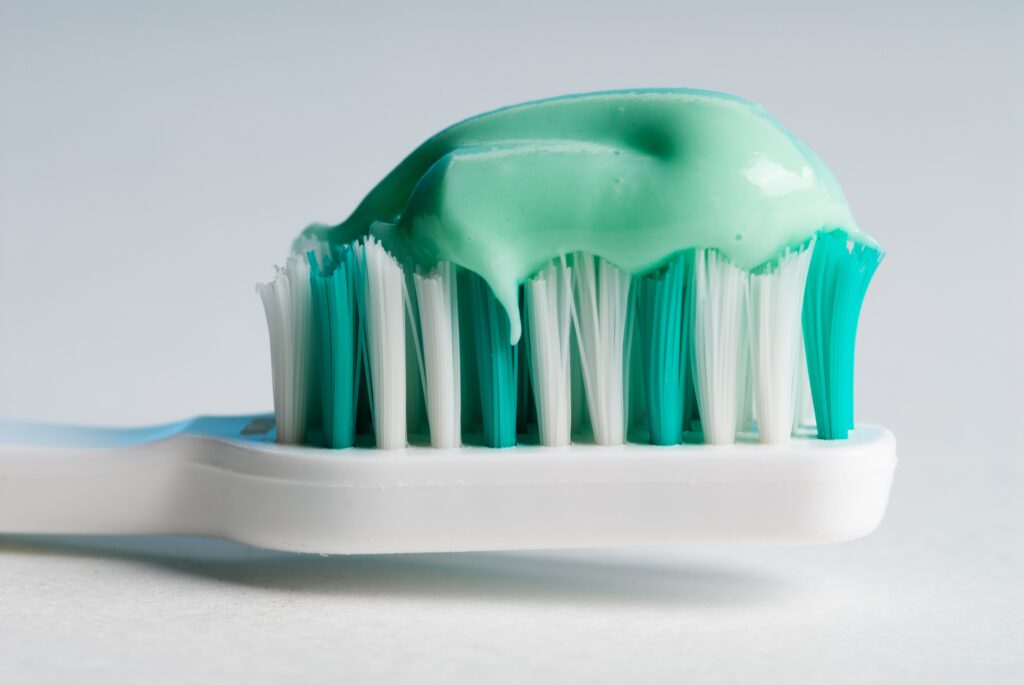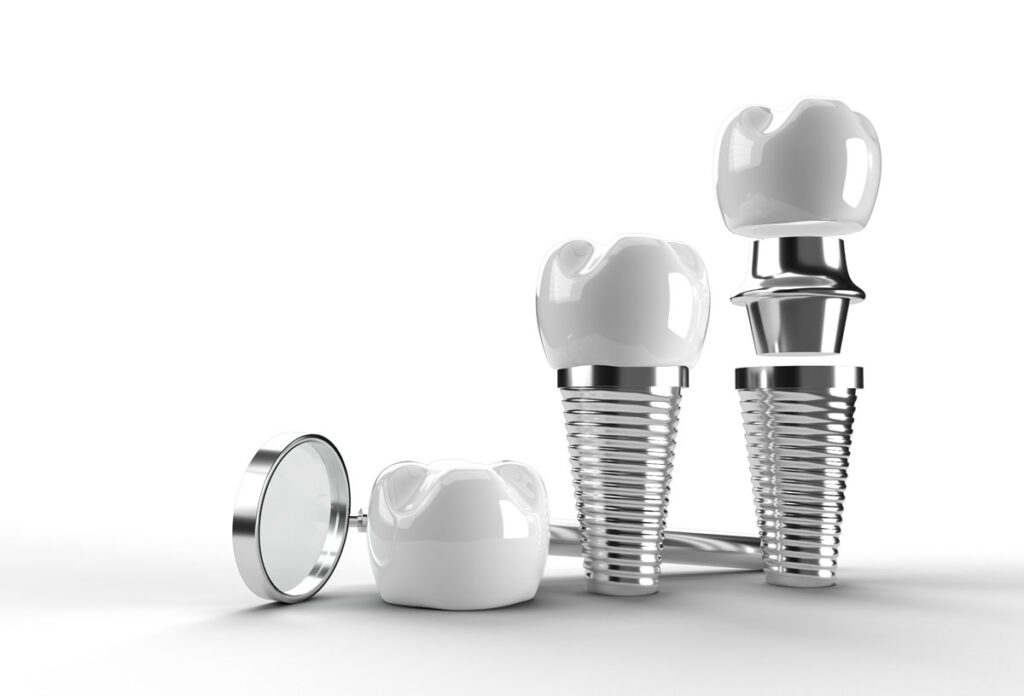Updated: 1/4/2020
Many people are fearful when it comes to visiting the dentist, but for some, the trepidation is so intense that they avoid going to the dentist for years. This fear may stem from a number of sources, such as a childhood experience with a less-than-compassionate dentist or a painful past procedure. And then there are some people who simply have a phobia of the dentist without any negative experience to back it up.
If it’s been years since your last dentist visit, then those fears are probably amplified by the idea of the state of your oral health. However, studies have shown that oral health is closely connected to the overall state of your health, which makes regular dental appointments imperative to maintaining a healthy body. But knowing what to expect during this initial visit may help allay those fears, giving you the courage you need to pick up the phone and make an appointment.
Plan to Spend Some Time at the Dentist
You’ll want to arrive at least 10-15 minutes prior to your appointment time. This will prevent you from getting even more stressed while also providing you with the opportunity to fill out necessary forms and documentation. This information helps your dentist and their assistants provide the best possible care for your oral health needs.
Your first appointment after a long hiatus will take a bit longer than a routine dental visit. The added time is because your dentist and hygienist will need to gather information about your oral health and conduct a thorough examination that likely includes a full set of dental x-rays, so plan accordingly for an appointment that lasts between 1-1.5 hours. The good news is that subsequent appointments will be shorter if you visit the same office on a regular basis – typically twice a year.
The Teeth Cleaning
If it’s been several years since your last trip to the dentist, then this appointment will inevitably include a teeth cleaning. Plaque has had plenty of time to build up on your teeth, even if you’ve been brushing and flossing diligently at least twice a day; therefore, your hygienist will need to spend quite a bit of time scraping plaque and tartar build-up from your teeth. This may cause mild discomfort and some gum bleeding, but it shouldn’t cause a great deal of pain. And, in the end, you’ll be impressed with how clean your teeth look and feel after they’re finished.
Dental X-Rays
Fortunately, this part is painless, so it should be easier to prepare for. Expect your hygienist to take plenty of exposures since the dentist needs to get a really good look at all of your teeth, even below the gum line. The only discomfort you might experience is if you have a sensitive gag reflex, which can be triggered by the bitewing plates used during the x-rays. If this has been a problem for you in the past, inform the hygienist. They can make the process more comfortable for you. And unlike older x-rays, results are now available instantaneously, making the process much more efficient, so you won’t have to spend so much time worrying about the results.
The Exam
After your x-rays, the dentist will come in to meet you, examine your X-rays, and conduct a visual examination of your teeth and the surrounding tissues in your mouth. Your dentist is looking for cavities, gum disease, the warning signs of oral cancer, and other issues that require attention. Typically, you’ll be informed on the spot if a problem is detected, but this doesn’t mean that the issue will be addressed during the initial appointment. It is far more common to have to schedule a follow-up appointment where cavities may be filled, crowns may be fitted, or other procedures can take place.
Better Techniques and Technology
If it’s been quite some time since your last dental visit, then you’re probably in for a pleasant surprise. Dental equipment and techniques have come a long way in recent years, resulting in a far more comfortable patient experience. Treatments that used to feel awkward or painful are likely to prove less invasive now. This improved technology also enables the dentist to work more efficiently and effectively, so you won’t have to spend as long in the chair.
Compassionate Care Is the Standard
Whether it’s the front desk receptionist or the dentist working on your teeth, today’s oral health professionals are here to ensure your comfort. First of all, no one in the office should shame you for not making an appointment sooner; everyone has their reasons, so all that matters is that you’re here now.
Furthermore, if there is anything that you believe will make your visit a little more comfortable, don’t hesitate to ask – they’ll be sure to accommodate you. For example, headphones can drown out unpleasant sounds, and a cozy blanket makes some patients feel more at home. And, as always, you can let your dentist or hygienist know if anything causes excessive discomfort; they’ll be happy to adjust their approach or give you a break until you feel better.
Making a return to the dentist can be intimidating enough even without a long period of absence. But if you aren’t left to wonder how the experience will go, then there won’t be as much room to let your imagination run wild with the possibilities. In the end, it will be good for your physical well-being, so don’t hesitate to schedule a dentist appointment soon!
Guest Contributor: Heather Lomax is a media relations specialist for Gorkowitz Dentistry. She writes articles for various dental practice blogs, discussing solutions to common dental problems and methods to maintaining excellent oral hygiene. In her spare time, she likes to read, play with her cats, and go to the gym.







I went to a new dentist, Pearly Whites of Pearland in Pearland, TX, after a few years and realized I’ve been missing out on amazing dental care! Will definitely be sure to go back for routine visits now.
It’s awesome to know about the procedure that’s need to be done when you haven’t seen your dentist in years.